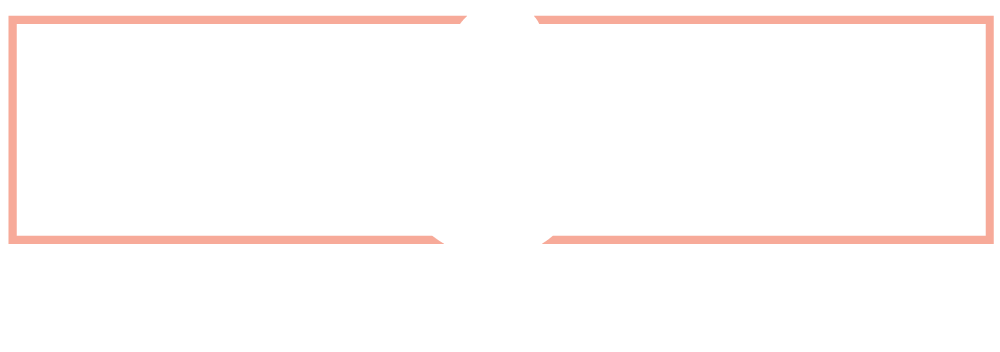Storyville
Storyville was a historic red-light district in New Orleans, Louisiana, that operated legally from 1897 to 1917. It was located in the area just north of the French Quarter, bounded by North Basin Street, North Robertson Street, St. Louis Street, and Customhouse Street. The district was established by the city government as a way to regulate and contain prostitution, which was already widespread in the city at the time.
Here are some key points about Storyville:
Establishment
Storyville was established by the New Orleans city government in response to pressure from reformers who wanted to contain and regulate prostitution. The district was named after Sidney Story, a city alderman who proposed the ordinance creating the district.
Regulation
The city government strictly regulated the businesses in Storyville. Prostitutes were required to register with the city, undergo regular health inspections, and pay a license fee. Brothels and saloons in the district were subject to licensing and inspection as well.
Culture and Entertainment
Despite its primary function as a red-light district, Storyville was also known for its lively entertainment scene. It was home to numerous bars, nightclubs, and music venues where jazz music flourished. Many legendary jazz musicians got their start performing in Storyville, including Jelly Roll Morton, Buddy Bolden, and King Oliver.
Closure
The United States entered World War I in 1917, and the federal government implemented a series of measures aimed at promoting public morality and boosting military morale. As part of this effort, the federal government pressured the city of New Orleans to shut down Storyville. In November 1917, the district was officially closed, and its brothels and other businesses were forced to shut down.
Legacy
Despite its relatively short existence, Storyville left a lasting legacy on New Orleans culture, particularly its music scene. Many of the jazz musicians who performed in Storyville went on to become influential figures in the development of jazz as a musical genre. The district's closure did not eradicate prostitution from New Orleans, but it dispersed it throughout the city rather than concentrating it in one area.
Today, very little physical evidence remains of Storyville. The buildings that once housed its brothels and music venues have largely been demolished or repurposed, and the area where Storyville once stood is now occupied by various businesses and residential properties. However, the legacy of Storyville continues to be celebrated in New Orleans, particularly in its vibrant jazz music tradition.
About Palm&Pine
Palm&Pine is a Vibrant New Orleans Restaurant in the French Quarter. We explore the Food & Drink of Louisiana, The South, and South of That (the Caribbean, Mexico, and Central America). From the Pine Bar you’ll find classic and original Cocktails revolving around Agave & Cane Spirits, New World Wines, and Regional Beers.
Learn about another nearby area called The Marigny.
